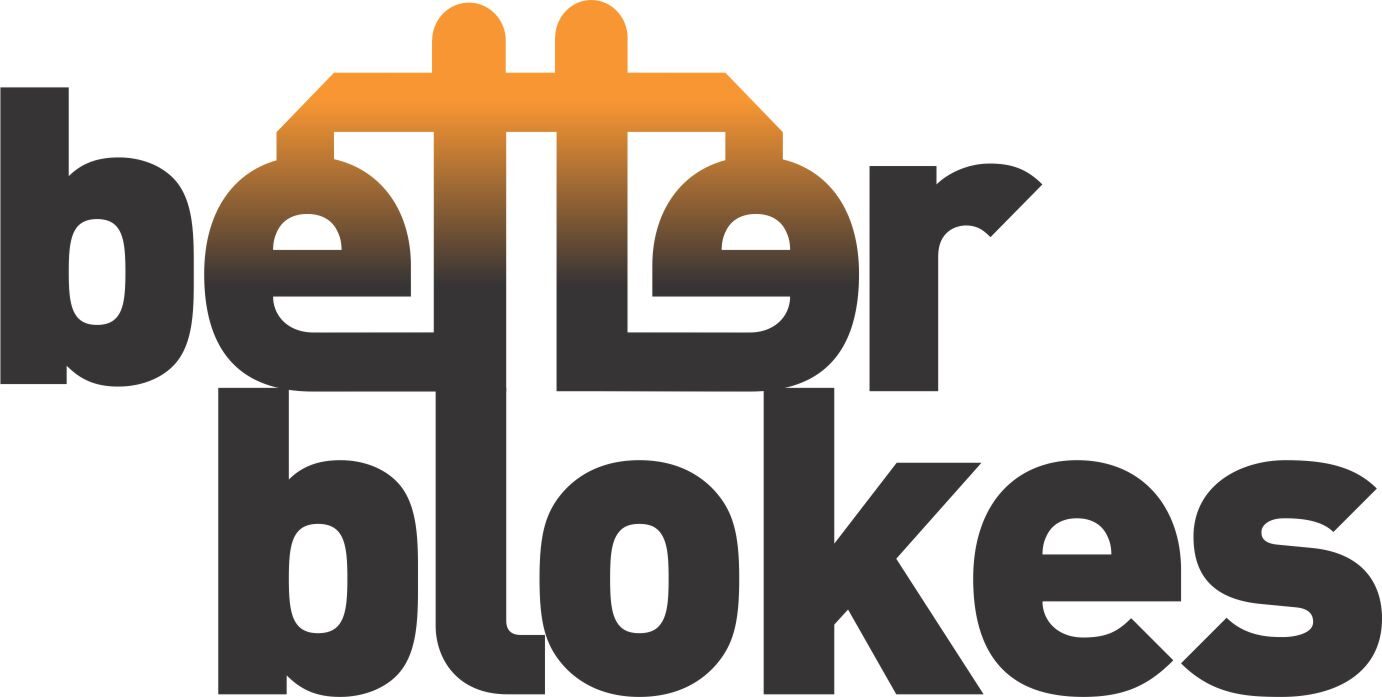https://www.eurekalert.org/pub_releases/2016-11/uom-pto112216.php
In the study, Rolbiecki recruited nine women who had experienced a sexual assault at any time in their lives. Each woman was given a camera and instructed to take photos that captured her experience with sexual assault and recovery. The women met weekly as group to discuss their pictures. After group discussions were complete, the participants worked together to plan an invitation-only photography exhibit to educate others about sexual assault and sexual assault policies. Rolbiecki interviewed each participant after the exhibits to further discuss their experience with photovoice as a therapeutic intervention.
Rolbiecki said that after the intervention was complete, the participants reported decreases in PTSD symptoms and self-blame, and increases in their post traumatic growth, particularly with their personal strength.
“Survivors of sexual assaults are often identified by society as victims,” Rolbiecki said. “Photovoice allows participants to redefine themselves despite their victimization. Through this tool, survivors can share their story with complete control of how it is told; allowing them to re-enter the world with a story solely authored by themselves.”
Rolbiecki said that results from her study show that photovoice has therapeutic implications, especially in terms of treating trauma through creating and critically discussing photo narratives.

